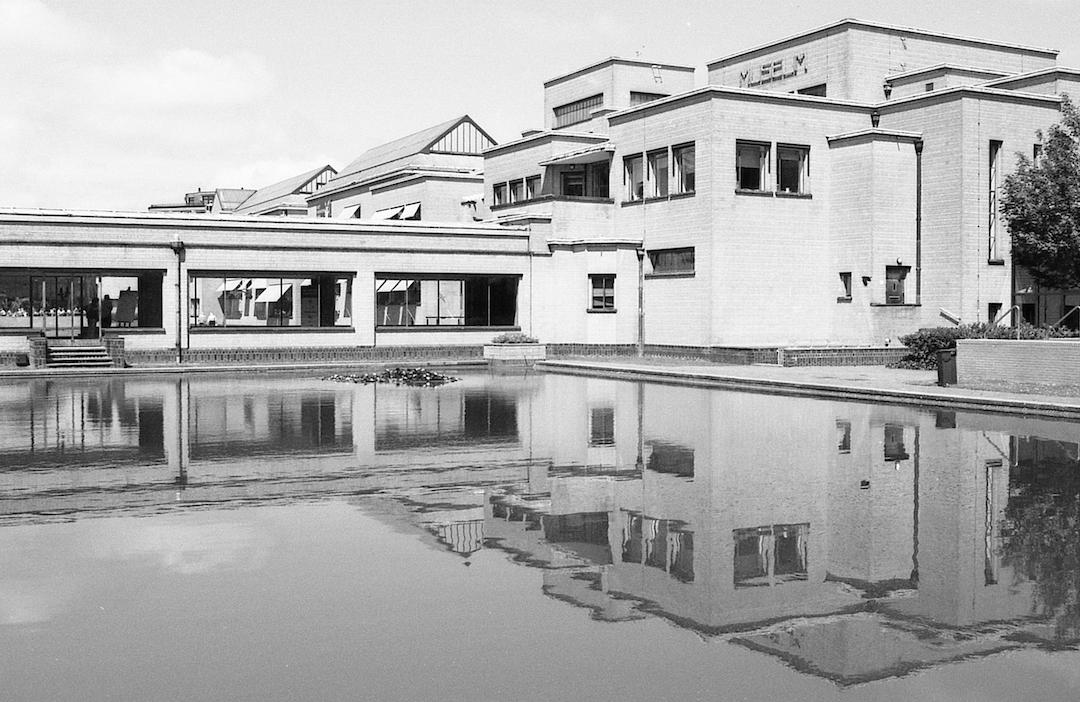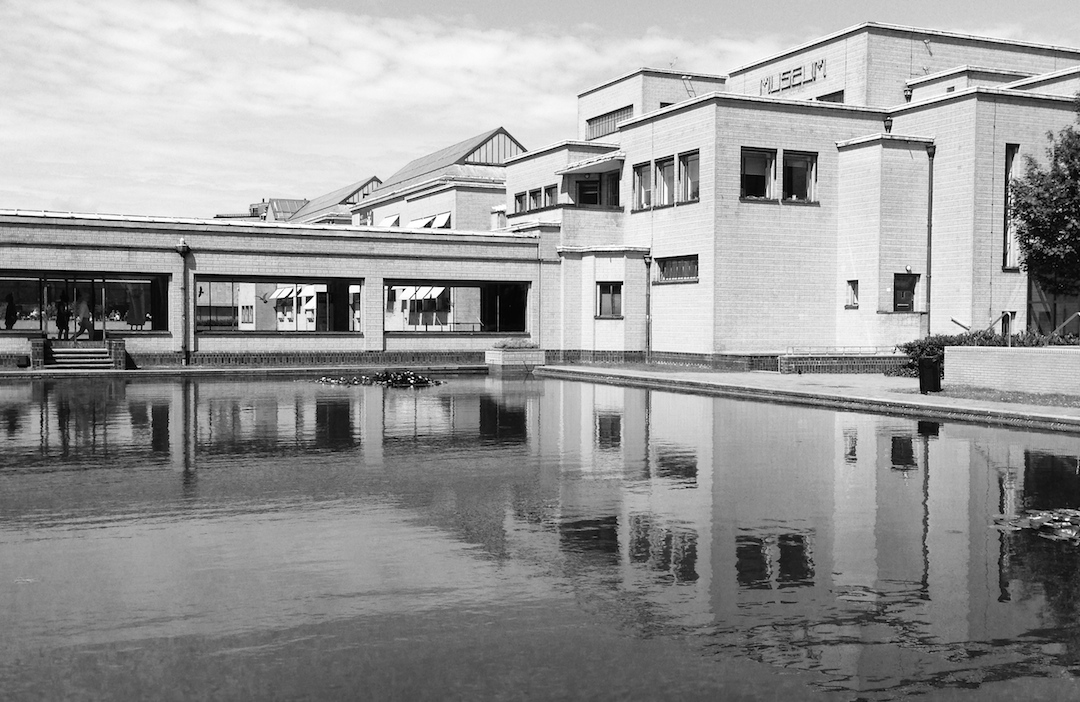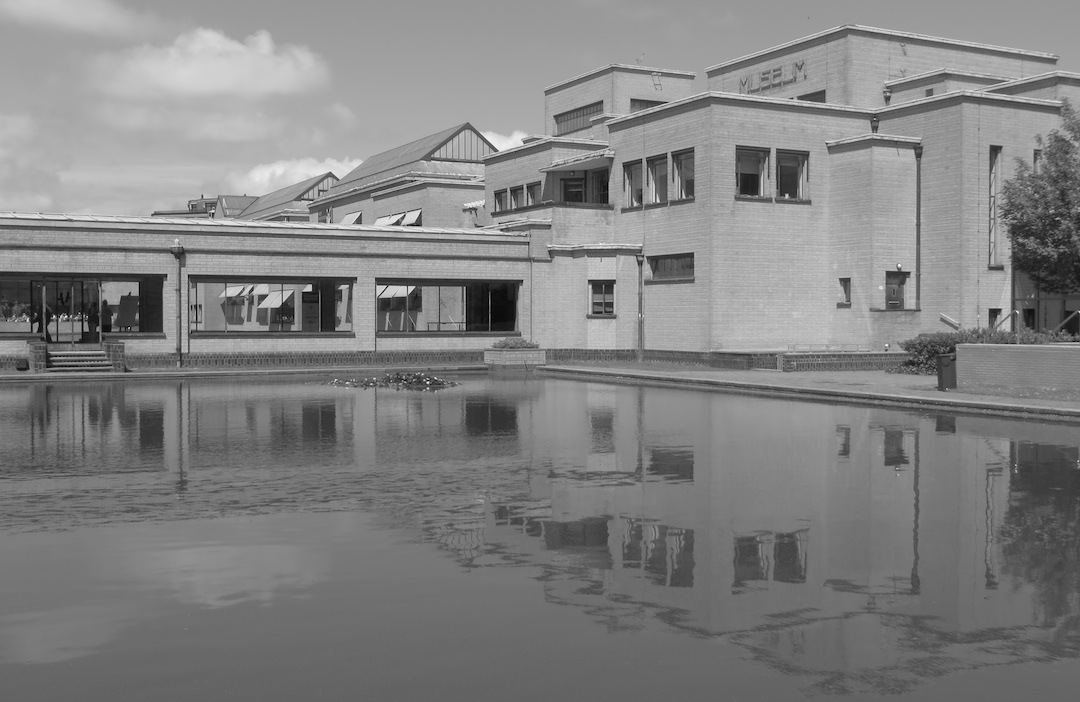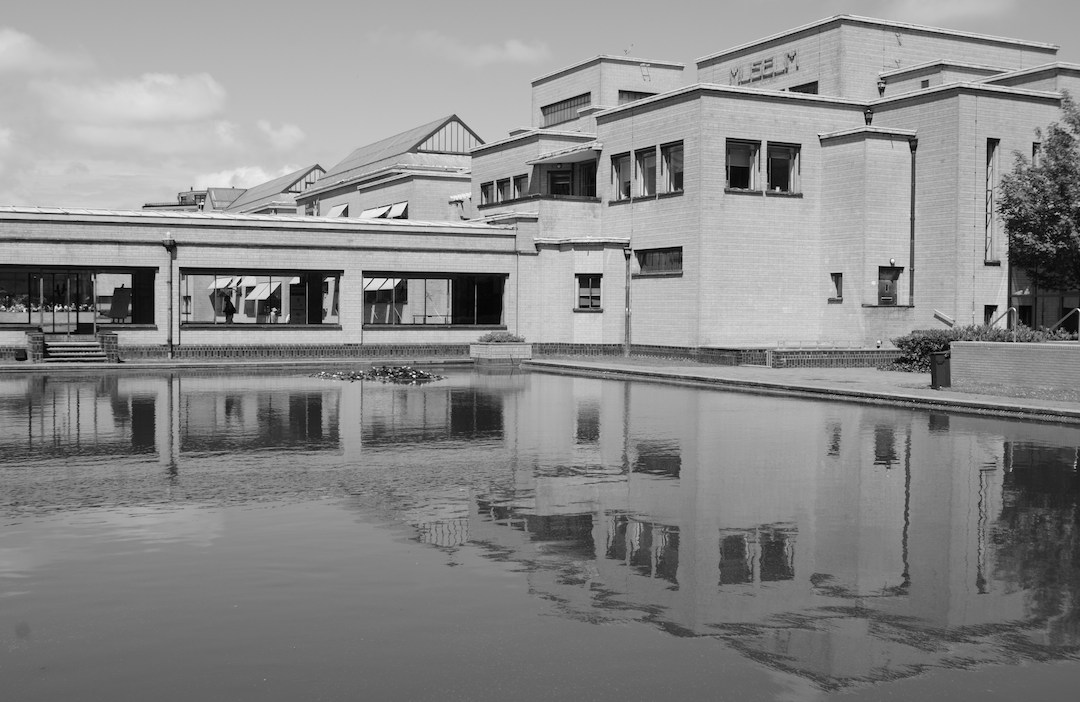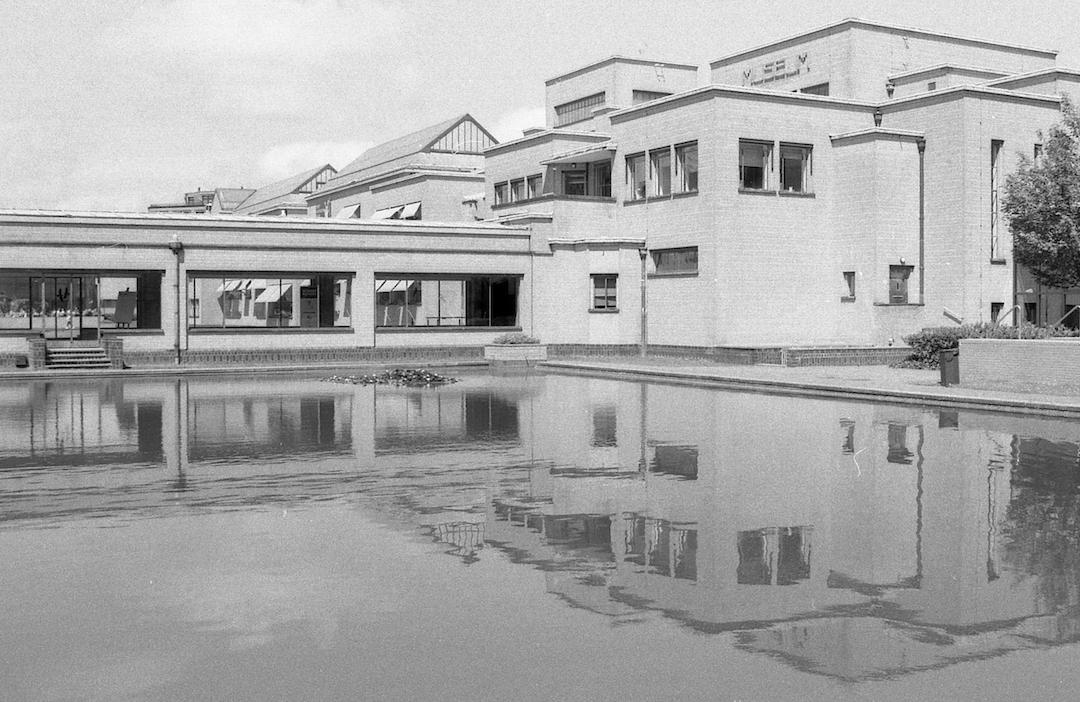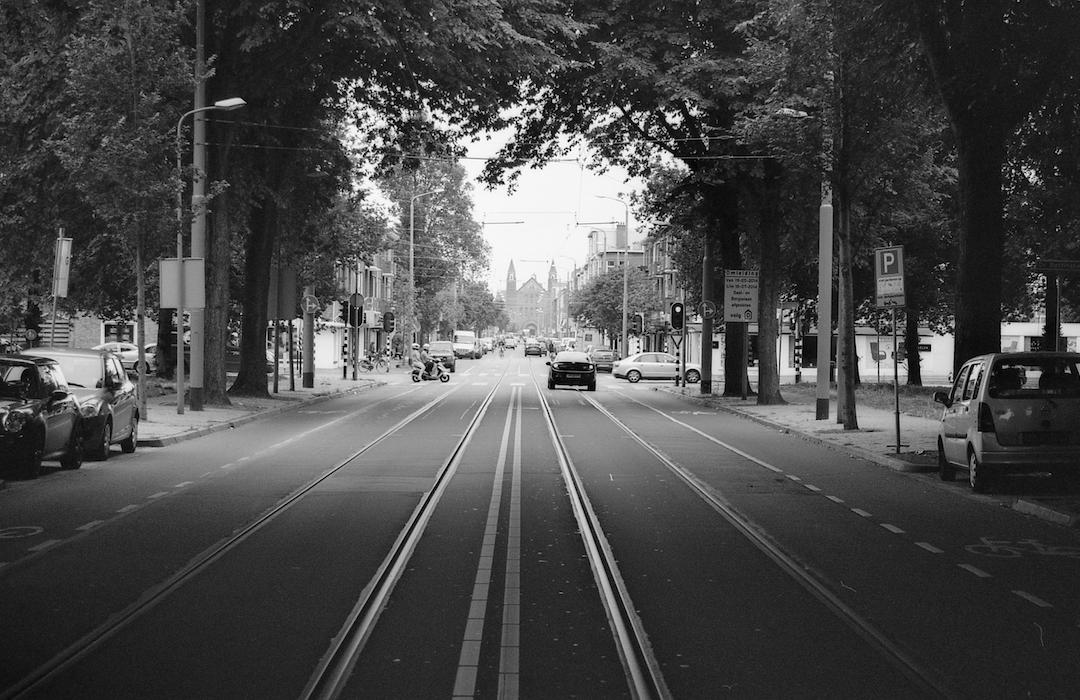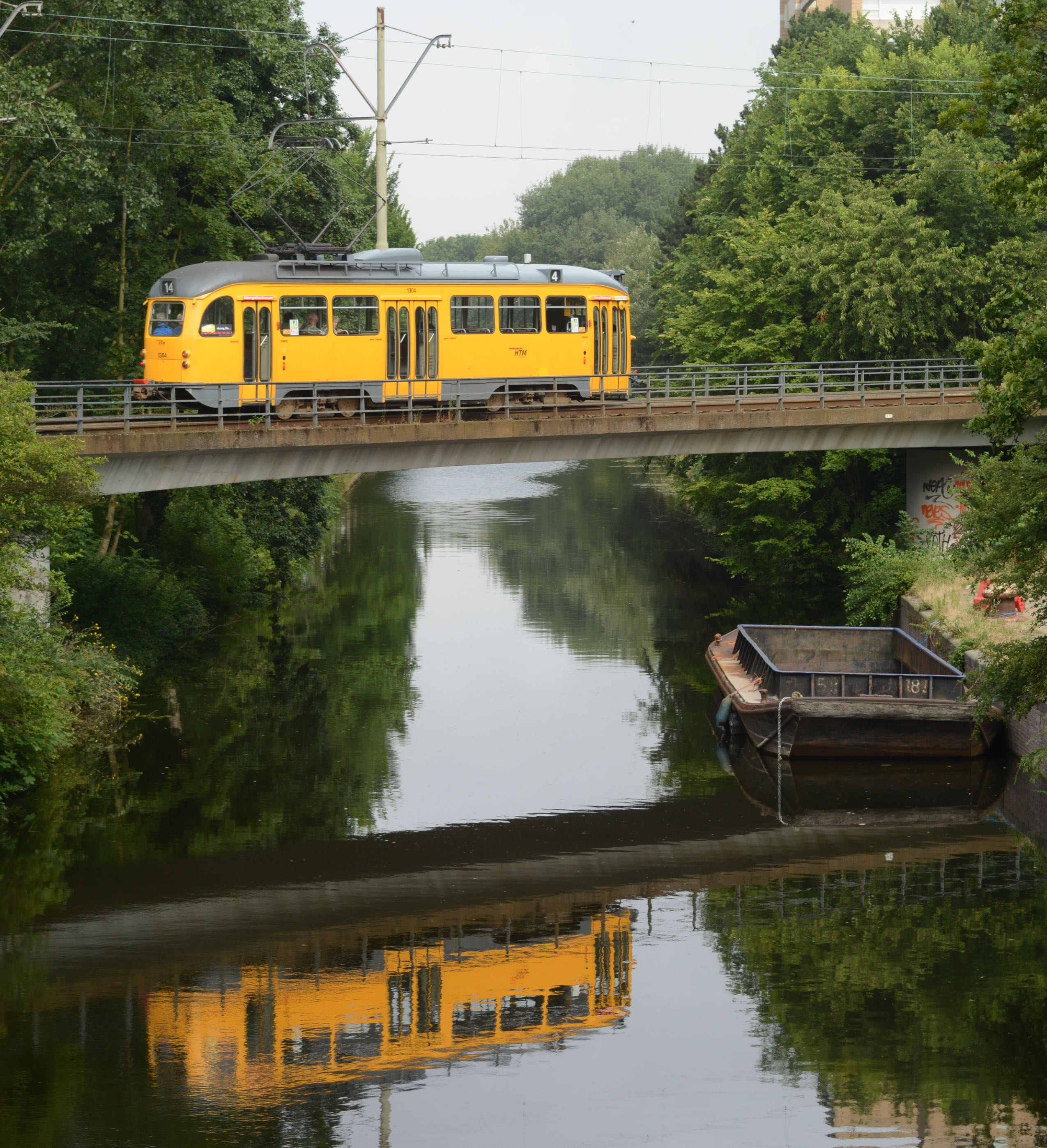Obesity and food palatability
▼ I've been doing a lot of reading and Youtube watching about nutrition the past year or so. So I've seen all the scary numbers about the increasing obesity levels in the United States (and elsewhere) numerous times¹, and seen all the speculation about the reason why Western populations started getting so much heavier the past decades.
One popular viewpoint is that it's the carbohydrates and the higher insulin levels that result from consuming carbs. For instance, see Why We Get Fat by Gary Taubes. However, researcher Stephan Guyenet presents a fairly compelling case that this isn't the real cause: The Carbohydrate Hypothesis of Obesity: a Critical Examination.
In a seven-part series of blog posts Guyenet lays down a theory of his own: Food Reward: a Dominant Factor in Obesity, part Ⅰ, part Ⅱ, part Ⅲ, part Ⅳ, part Ⅴ, part Ⅵ, part Ⅷ². Or read this Boing Boing post: Seduced by Food: Obesity and the Human Brain.
It basically boils down to: our food tastes so good that we simply can't stop ourselves from eating too much of it. One study that Guyenet mentions is one where participants are fed a bland tasting liquid through a straw. They can consume as much of it as they want. Lean people take in their normal amount of calories and maintain their weight, but overweight/obese people consume very little and rapidly start losing weight—all the while claiming they're not hungry!
Although more research is required before something as complex as this can be declared settled, I find Guyenet's arguments quite compelling. Few people overeat simple, uninteresting foods. But we find it hard to eat just a little of something that tastes really good. If high palatability of our food is indeed the reason more and more people get overweight and obese, that's pretty good news, because then the solution is simple: eat blander food. Also see this (much shorter) post on Guyenet's blog: Palatability, Satiety and Calorie Intake.
¹ It annoys me to no end that they measure the fraction of the population that crosses a rather arbitrary line; in this case a BMI of 25 for healthy to overweight and 30 for overweight to obese. But the line between a healthy weight and overweight is fairly meaningless, someone with a BMI of 24.9 isn't healthier than someone with a BMI of 25.1 to any measurable degree, and nor is someone with a BMI of 29.9 compared to someone with 30.1. However, the progression from the healthy 18.5 - 25 range to the obese > 30 range obviously isn't good.
² If you see strange characters here: I used Unicode roman numerals rather than the regular I and V characters.
Permalink - posted 2014-07-29



